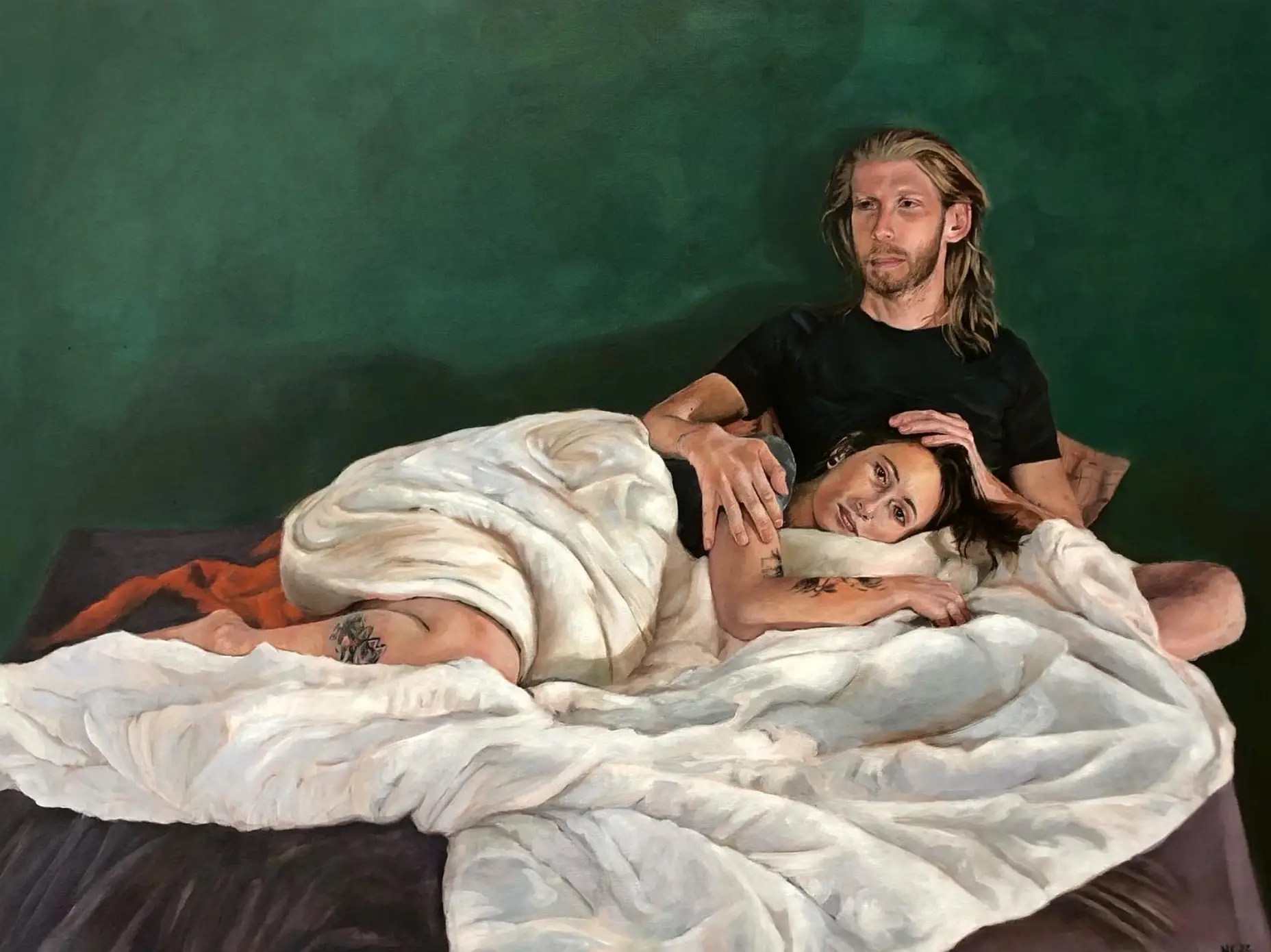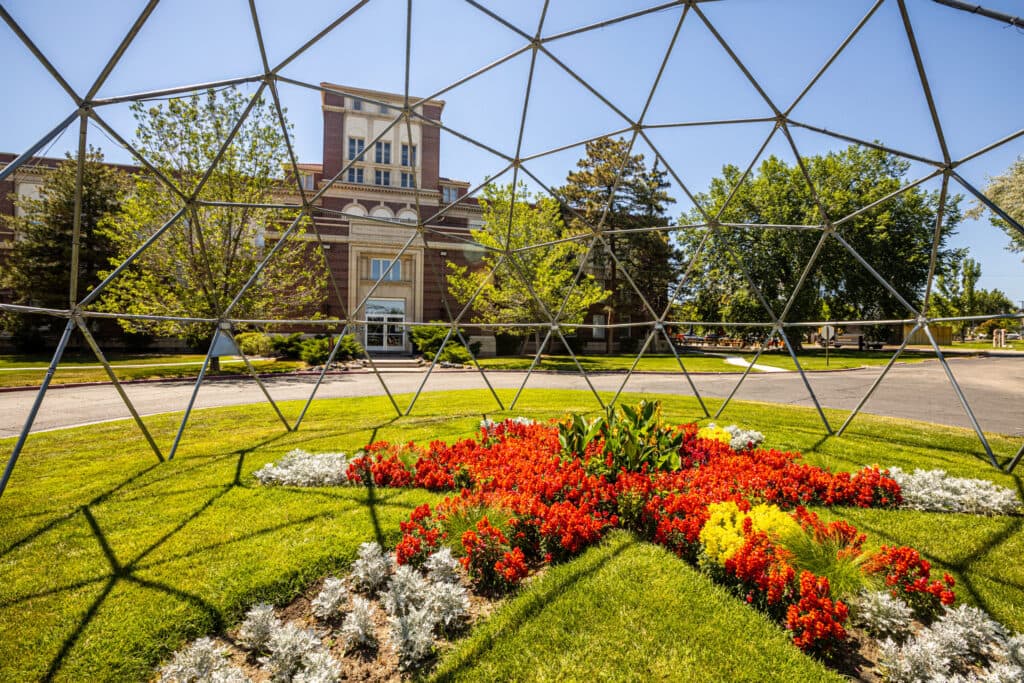Fine Arts Degree
Bachelor of Fine Arts
"*" indicates required fields
FINE ARTS Degree PROGRAM OVERVIEW
As a Fine Arts degree student, you’ll explore a variety of mediums including painting, sculpture, photography, ceramics, and printmaking. Students are taught to focus on the development of artistic perception across art history and theory to gain a fundamental understanding of the broader concepts in the world of art.
You’ll graduate with an advanced knowledge of your chosen artistic medium and a firm grasp of professional practices that will enhance your ability to become an active participant in the artistic community.

SKILLS YOU'LL LEARN

Painting

Ceramics

Sculpture

Printmaking

Photography

Professional Development
STEPS TO ADMISSION

1
Complete your artist meeting with an admissions counselor.

2
Submit an admissions application.

3
Create and submit your portfolio to be considered for a scholarship.

4
Submit official high school and college transcripts (for transfer students).

5
Submit the current year’s FAFSA and other financial aid documentation.
ACCREDITATION



TUITION + FINANCIAL AID
At RMCAD, we understand that investing in a college education is a major decision and a major investment. That’s why we offer competitive, affordable tuition when compared to other art and design colleges. Students’ tuition rates are locked in at the time of their initial start date and will not increase as long as they remain enrolled in their program.
FINE ARTS DEGREE COURSE DETAILS
At RMCAD, we believe a Bachelor of Fine Arts Degree in Fine Arts requires a multi-dimensional education. It begins with a degree in fine arts curriculum that is rooted in expansive thinking. You’ll learn professional practices and critical thinking in a way that allows your creativity to thrive after graduation. In addition to core fine art degree classes, you’ll select elective courses to hone your chosen specialty.
RMCAD offers classes year-round in both on-campus and online delivery formats. At RMCAD, we believe that online learning is an important part of the overall college learning experience. To provide students multiple scheduling options, diverse learning modalities, and experience in the virtual environment, all on-campus students are required to take part in some online education.
*This section does not include the full list of courses for this program.
Fine Arts Core Requirements (51 Credits)*
ART 1120
Ceramics: Handbuilding + Surfacing
(3 Credits)
ART 2400
Form + Content
(3 Credits)
ART 3350
Painting: Visual Culture
(3 Credits)
ART 3390
Sculpture: Textiles + CNC
(3 Credits)
Liberal Arts Courses (45 Credits)*
AH 1110
Art Historical Methods + Theories
(3 Credits)
EN 1110
Composition I
(3 Credits)
HU 1110
Humanities I: World Thought I
(3 Credits)
MA 1221
The Art of Math
(3 Credits)
The Liberal Arts curriculum is an exciting part of every student’s academic and creative journey at RMCAD. These courses provide the opportunity for students to engage with complex questions and ideas to develop critical thinking skills, a global consciousness, and awareness of art historical foundations that are essential for their intellectual, creative, and personal growth.
Foundations Courses (24 Credits)*
FD 1020
2D Design: Elements + Principles
(3 Credits)
FD 1120
Topics in Color
(3 Credits)
FD 1600
Studio Seminar: Methods of Inquiry
(3 Credits)
FD 2220
Time-based Media
(3 Credits)
Foundation Studies educates students in the development of creative studio practice by fostering individualized and collaborative learning that emphasizes cultural engagement, process, critical thinking, and visual literacy.
Studio Electives (3 Credits)*
ART 3301
Special Topics in Fine Arts
(3 Credits)
ART 4710
Ceramics Advanced Studio
(3 Credits)
ART 4740
Painting Advanced Studio
(3 Credits)
ART 4770
Sculpture Advanced Studio
(3 Credits)
TECH + TOOLS
The best tools a student can possess in RMCAD’s Fine Arts School are an open mind and a willingness to expose yourself to new and old ideas. Because you’ll be immersed in the vast world of art in your degree in fine arts program, you’ll be working and learning in a wide variety of media. A few of the classroom tools you will use include:
- Table saw
- Router table
- Various hand tools
- Ceramic 3D printer
- Full-range ceramic
- Electric kilns
- Resin 3D printer
- Laser cutters
- And more
Additionally, you’ll focus on art studio safety for your mixed-media art projects and learn how to prepare your work for art exhibition.
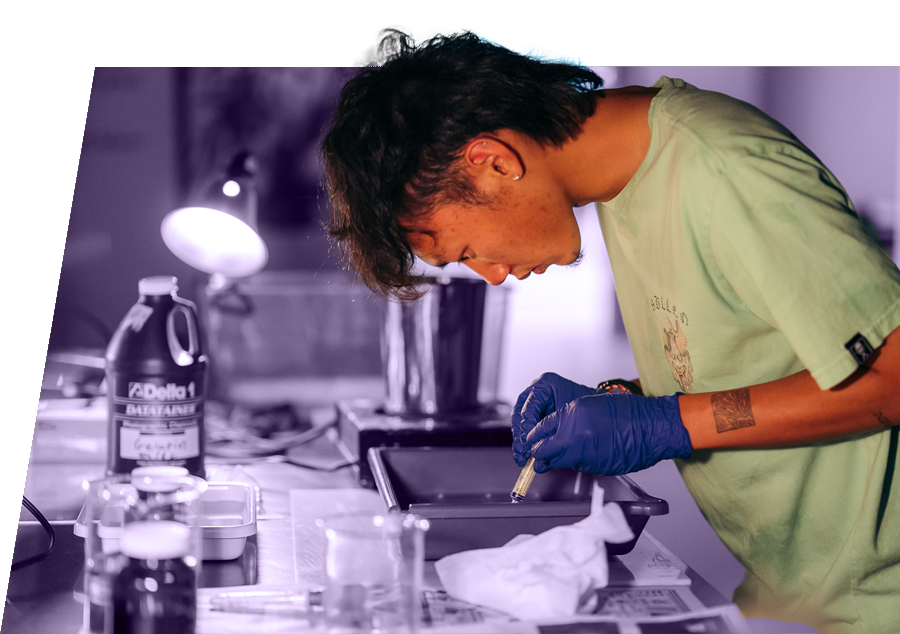
FINE ARTS Stories
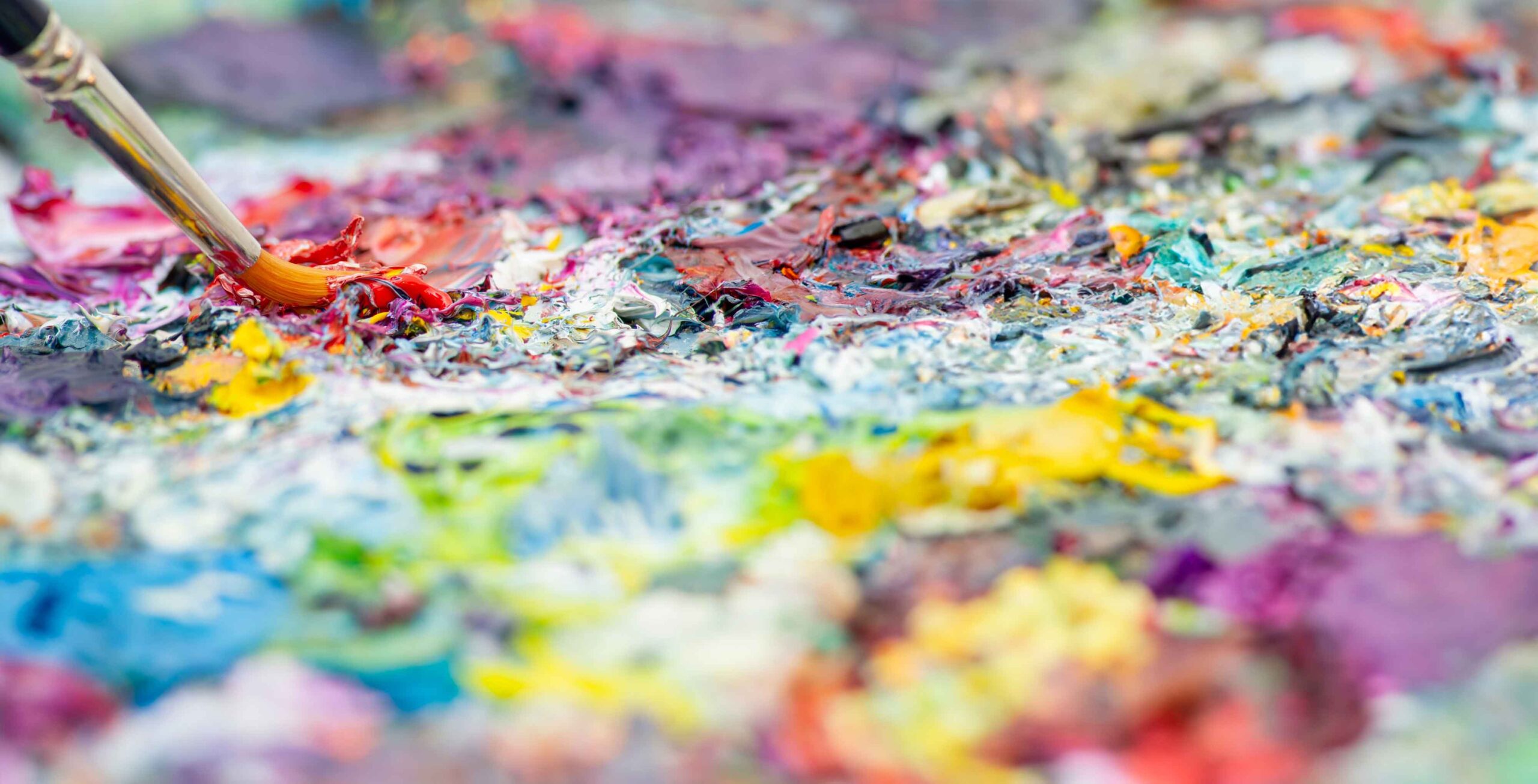
Exploring Mixed Media: Combining Materials and Techniques
Looking to expand your horizons while experimenting with different forms of art in the process? If so, mixed media artwork may be worth exploring. Not only does mixed media art allow you to draw on a

Artistic Collaboration: Creating Together
As an artist, you may feel that you create some of your best work when you’re alone. After all, creativity can be both deeply personal and emotional. And though there’s certainly nothing wrong with working

Fine Art Photography Q+A: Creating Gallery-Worthy Images with Charla Ann
Fine Arts student, Charla Ann, will be the first to tell you she isn’t much of a photographer, so why is her show “Mnemosyne” full of dozens of photographs from her life? “Mnemosyne” was on
Animation CAREERS
As a RMCAD Fine Arts graduate, the rich curriculum provided throughout the program prepares you for a variety of career opportunities.
Gallery Director
Artists produce works of creative expression in a variety of mediums, including painting, drawing, sculpture, printmaking, photography, digital art, and more.
Curator
Curators organize, manage, and interpret art collections in museums, galleries, or cultural institutions.
Art Critic
An art critic evaluates and analyzes works of art, offering insights, interpretations, and opinions about artistic expression.
Art Handler
An art handler oversees the safe transportation, installation, and care of artworks in various settings, such as galleries, museums, art fairs, and private collections.
Art Instructor
Art instructors teach various forms of art to students of different ages and skill levels, with their primary role being to educate and inspire students in artistic techniques, concepts, and creative expression, fostering an appreciation for art and developing individual artistic abilities.
Creative Business Owner
Creative business owners are entrepreneurs who run a business in a creative field, leveraging their artistic skills and innovative ideas to develop products or services.
Preparator
A preparator prepares and installs artworks and exhibits in galleries, museums, and other exhibition spaces.
Non-Profit Arts Worker
This role serves within the nonprofit sector of the arts, contributing to organizations that promote artistic endeavors, cultural programming, and community engagement, filling various roles within arts organizations, such as museums, theaters, dance companies, galleries, and community arts centers.
FREQUENTLY ASKED QUESTIONS
What is the focus of the Fine Arts degree program at RMCAD?
What career opportunities are available for FIne Arts graduates?
Graduates will acquire the knowledge and skills to start careers as artists, gallery directors, curators, art critics, art handlers, art instructors, creative business owners, and more.
What are the key components of the Fine Arts program?
Key components include studio projects, professional development, and a liberal arts curriculum that fosters critical thinking and global consciousness.
What skills will students learn in the Fine Arts program?
Students will learn painting techniques, sculpture creation, printmaking processes, ceramic arts, and photography skills.
How does RMCAD support Fine Arts students?
RMCAD offers small class sizes, experienced faculty, well-equipped facilities, and opportunities to showcase student work through exhibitions.
What are the admission requirements for the Fine Arts degree program?
Applicants need a high school diploma or equivalent and completion of the college’s application process. To be considered for a scholarship, students will also need to create and submit a portfolio of artwork.
What kind of portfolio should students submit for the Fine Arts program application?
A portfolio showcasing your best artistic work, which may include examples of painting, sculpture, printmaking, ceramics, or photography projects.
Are there any professional development opportunities for Fine Arts students?
Yes, the program includes creating professional documents for freelance work, business planning, and applications for exhibitions, residencies, or graduate school.
What tools and equipment are used in the Fine Arts program?
Students use tools such as table saws, ceramic 3D printers, kilns, resin 3D printers, laser cutters, and various hand tools. For more information on program materials, please visit here.
Can students visit the campus to learn more about the Fine Arts program?
Yes, prospective students can schedule campus tours or attend info sessions to learn more about RMCAD and the Fine Arts program.
What are the Liberal Arts requirements in the Fine Arts program?
The curriculum includes courses that develop critical thinking, global consciousness, and information literacy.
What are the Foundations requirements in the Fine Arts program?
Foundation courses enable students to refine essential skills, get comfortable with the tools they’ll use throughout their program, and study relevant basics— including drawing, composition and color theory. These courses facilitate ideation and collaboration.
What kind of student work is produced in the Fine Arts Program?
Students create paintings, sculptures, prints, ceramics, and photographs, and develop a professional portfolio.
What is the importance of studio safety in the Fine Arts program?
The program emphasizes art studio safety, ensuring students learn how to safely use equipment and prepare their work for exhibitions.
Are there opportunities for Fine Arts students to showcase their work?
Yes, students can participate in exhibitions and events to display their artwork and gain exposure.
What makes RMCAD's Fine Arts Program unique?
The program’s unique blend of traditional and contemporary art practices, individualized support, and focus on professional development sets it apart.
What is the difference between a Bachelor of Arts and a Bachelor of Fine Arts degree?
To learn more about the difference between a BA and a BFA, please visit here.


